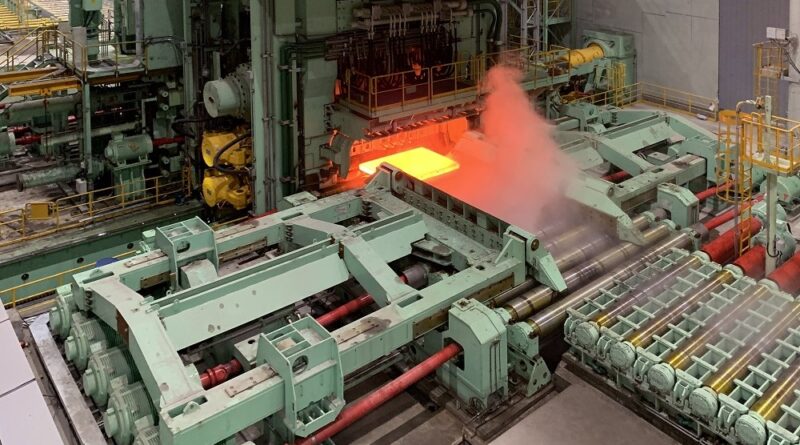worldsteel Short Range Outlook for 2023 and 2024
The World Steel Association (worldsteel) has released an update of the Short Range Outlook (SRO) for 2023 and 2024. worldsteel forecasts that steel demand will grow by 1.8% in 2023 and reach 1,814.5 Mt after contracting by 3.3% in 2022. In 2024, steel demand will see a further increase of 1.9% to 1,849.1 Mt.
Commenting on the outlook, Mr. Máximo Vedoya, Chairman of the worldsteel Economics Committee, said, “steel demand has been feeling the impact of the high inflation and interest rate environment. Since the second half of 2022, the activities of steel using sectors have been cooling sharply both for most sectors and regions as both investment and consumption weakened. The situation continued into 2023, particularly affecting the EU and the US. Considering the delayed effect of the tightening monetary policy, we expect steel demand recovery in 2024 to be slow in the advanced economies. Emerging economies are expected to grow faster than developed economies, but the performance of emerging economies continues to diverge, with emerging Asia maintaining resilience.
We expect the situation in China’s property market will stabilise in the latter part of the year and China’s steel demand will record slight positive growth thanks to government measures. The 2024 outlook for China remains uncertain depending on the policy directions to tackle the current economic difficulties. We note that the Chinese economy is in a structural transition phase that may add volatility and uncertainty. Other uncertainty is linked to regional conflicts and unrest such as in Russia and Ukraine, Israel and Palestine, and elsewhere. This could contribute to rising oil prices and further geo-economic fragmentation, both of which are downside risks.
It is worth noting that despite the weakening of construction activities due to high-interest rates, infrastructure investment is showing positive momentum in many regions, even in the advanced economies, reflecting the effect of decarbonisation efforts.”
GENERAL
The global economic outlook continued to worsen under the influence of monetary tightening that hurt consumption and investment alike. However, inflation started to moderate in 2023 thanks to the slowing economy, which may allow the ending of the monetary tightening cycles in 2024. However, the war against inflation is not over and continues to be threatened by multiple factors: persistent core inflation and a tight job market and rising oil prices.
The construction sector has been negatively affected by the high interest rates and high-cost environment, especially the residential sector. However, infrastructure investment remained positive and is cushioning the impact to some extent. Despite the easing of supply chain bottlenecks, the manufacturing sector continues to slow under weakening demand. The consumer durables sector has been particularly affected. However, the recovery in auto production will continue in 2023, helped by the order backlogs and easing of supply chain bottlenecks, allowing high growth in many regions. However, the sector is expected to decelerate in 2024.




